This image shows Meridiani Planum, the landing site for Opportunity. The yellow oval, which is 81.5 km by 11.5 km (50 by 7 miles), indicates the area within which Opportunity landed.
Click on image for full size
Windows to the Universe original artwork by Randy Russell using images courtesy NASA/JPL.
MER Opportunity Landing Site - Meridiani Planum
The second Mars
Exploration Rover (MER), named "Opportunity", landed at a site on Mars known
as Meridiani Planum. This flat
plain is one of the few places on Mars where the
mineral gray hematite is found
in large concentrations. On Earth, hematite deposits usually indicate that water
was present in an area for long periods. The main goal of the MER missions is
to discover and examine geologic formations
that imply the presence of water at some time. Scientists chose Meridiani
Planum as a MER landing site primarily because of the hematite deposits detected
there.
Opportunity landed within an 81.5 km long by 11.5 km wide (50 mile by 7 mile)
ellipse centered at 1.98° South latitude and 5.96° West longitude. The site
is roughly on the opposite side of the Red Planet from Gusev
Crater, the landing site of "Spirit", Opportunity's twin. Meridiani
Planum is a flat plain ("planum" means "plain") near the prime meridian
on Mars (the arbitrarily chosen location of the line of zero longitude) that
offered a safe landing site for the rover
to touch down. Opportunity bounced to a halt within the landing ellipse on January
24, 2004. The airbag ball Opportunity was encased within during landing actually ended up resting inside of a shallow, small crater that is about 20 meters (66 feet) across.
You might also be interested in:
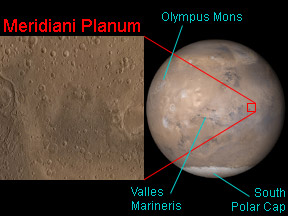
Meridiani Planum is a small, flat region near the equator on Mars. As is the case on Earth, locations on Mars are specified by stating their latitude and longitude. Meridiani Planum is near the prime meridian,
...more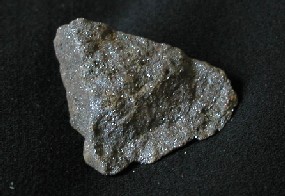
A sample of hematite may look like little more than a dark gray blob. That might seem impossible to identify but with a streak test, you can easily identify it! To tell if it is hematite, just rub the
...more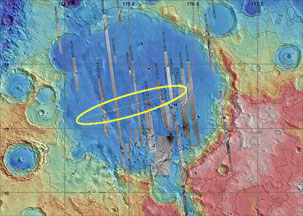
The first of two Mars Exploration Rovers (MER) landed within Gusev Crater on Mars on January 3, 2004. The robotic rover, named Spirit, bounced to a halt within an 81 km by 12 km (50 by 7 miles) target
...more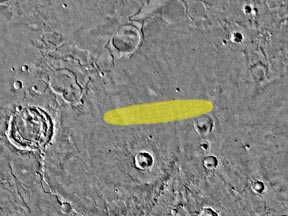
The second Mars Exploration Rover (MER), named "Opportunity", landed at a site on Mars known as Meridiani Planum. This flat plain is one of the few places on Mars where the mineral gray hematite is found
...more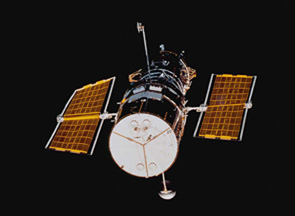
The Hubble Space Telescope (HST) was one of the most important exploration tools of the past two decades, and will continue to serve as a great resource well into the new millennium. The HST is credited
...more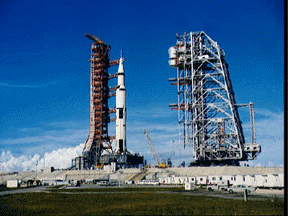
Driven by a recent surge in space research, the Apollo program hoped to add to the accomplishments of the Lunar Orbiter and Surveyor missions of the late 1960's. Apollo 11 was the first mission to succeed
...more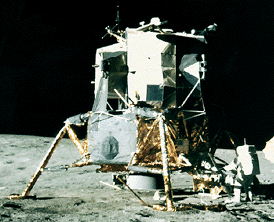
Apollo 12 survived a lightning strike during its launch on Nov. 14, 1969, and arrived at the Moon three days later. Astronauts Charles Conrad and Alan Bean descended to the surface, while Richard Gordon
...more














